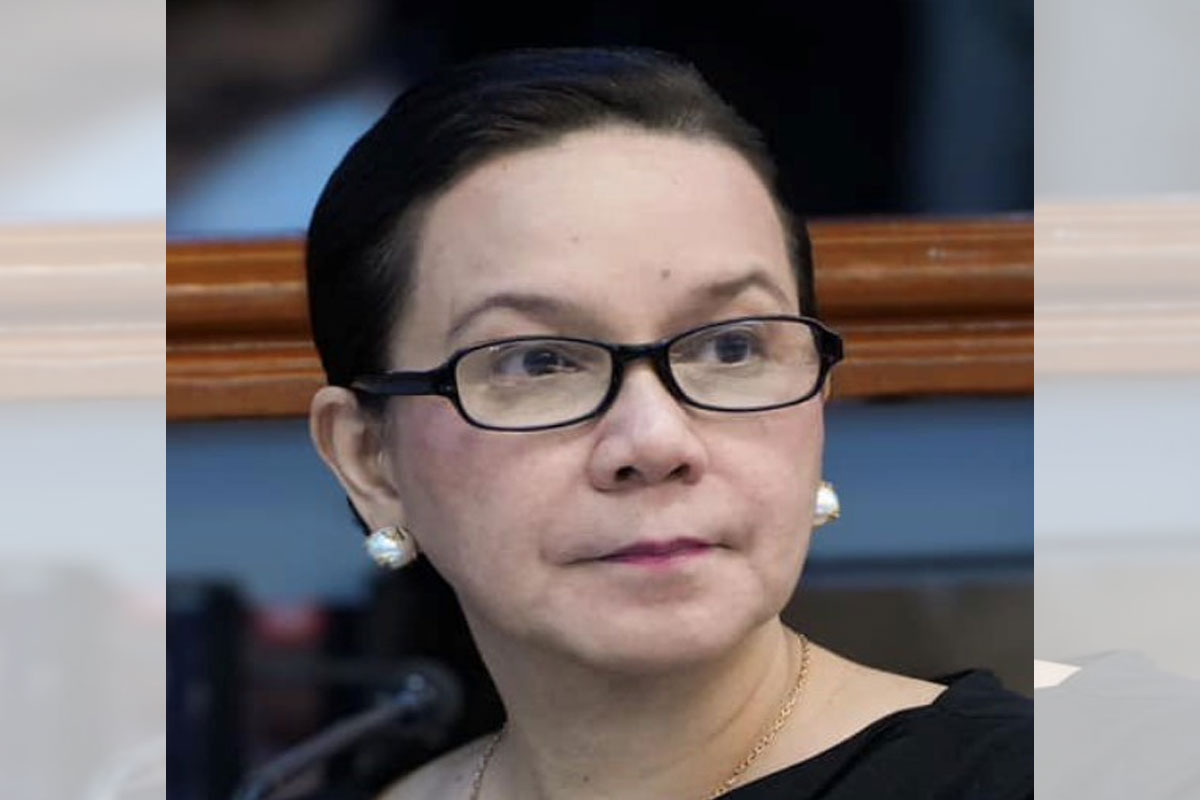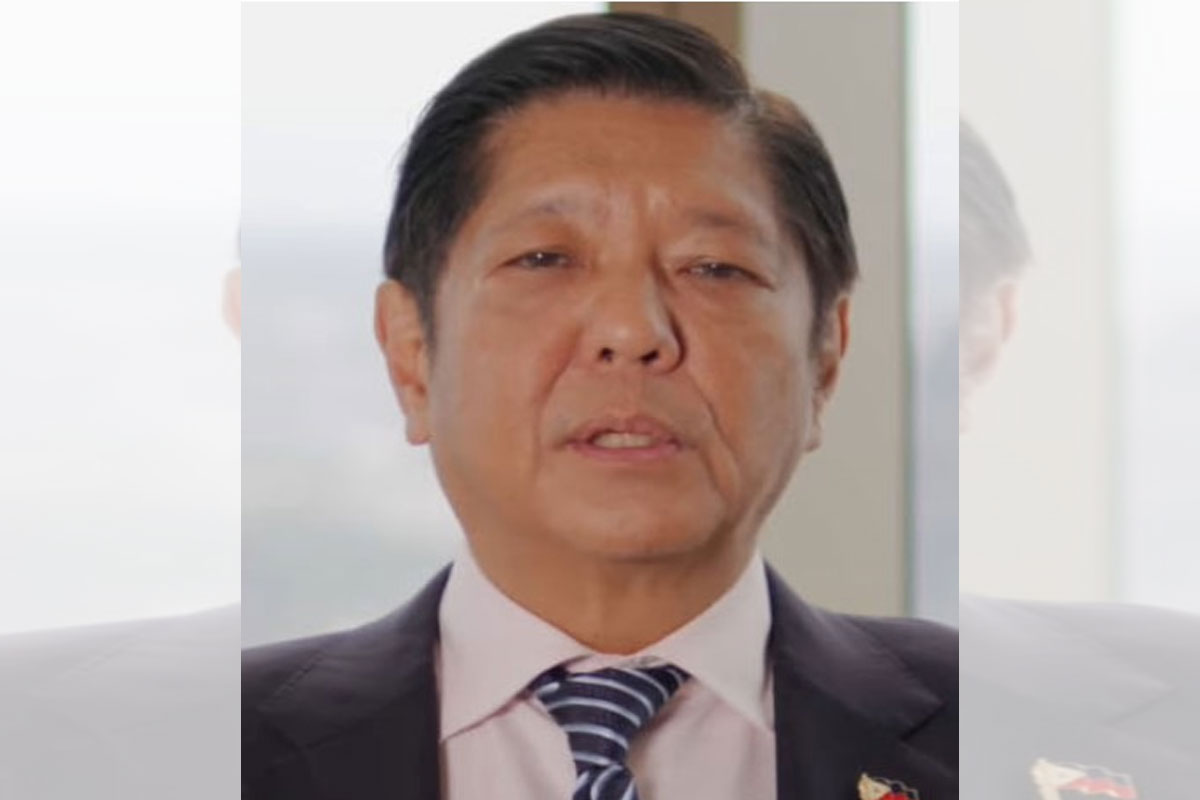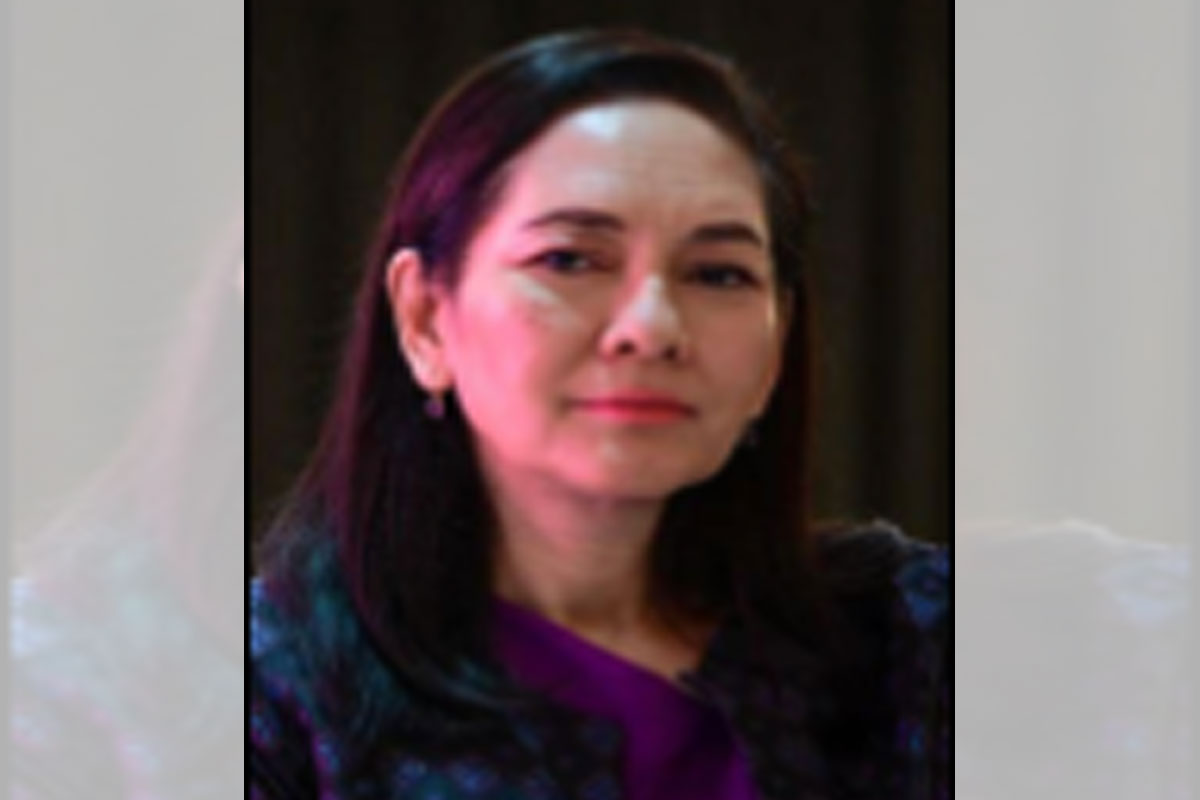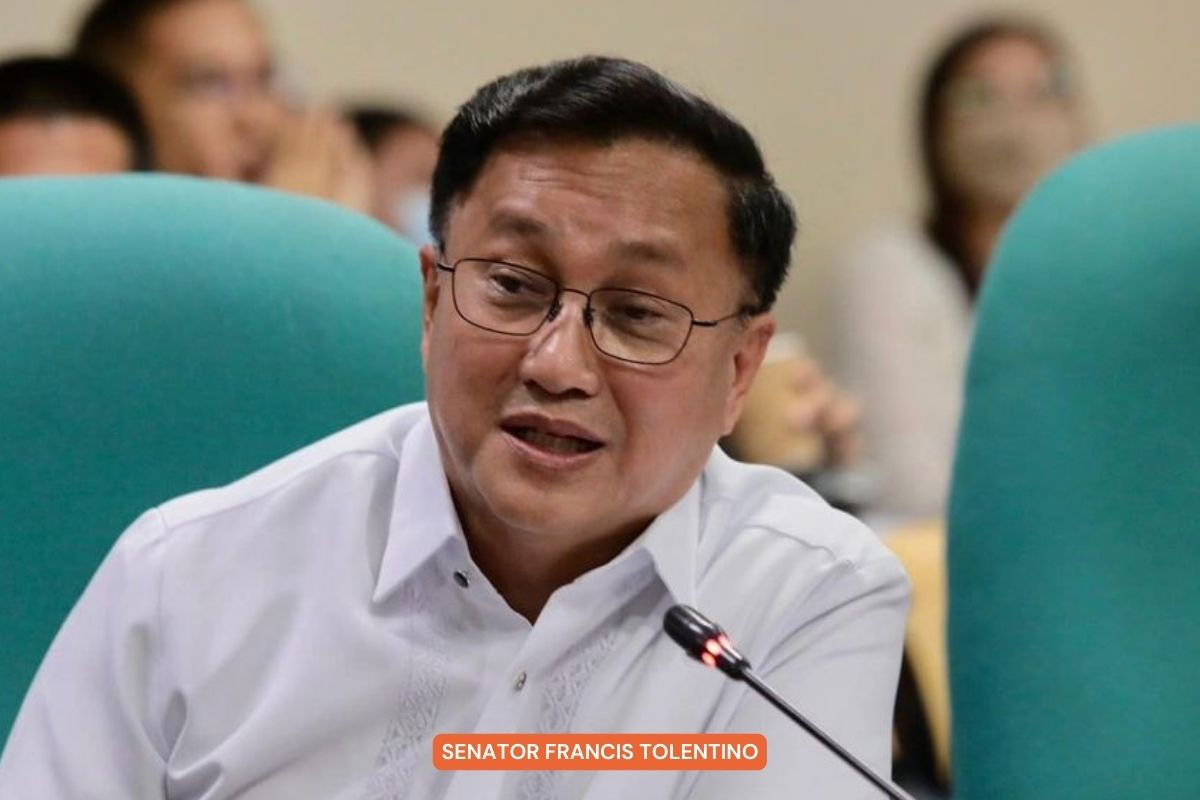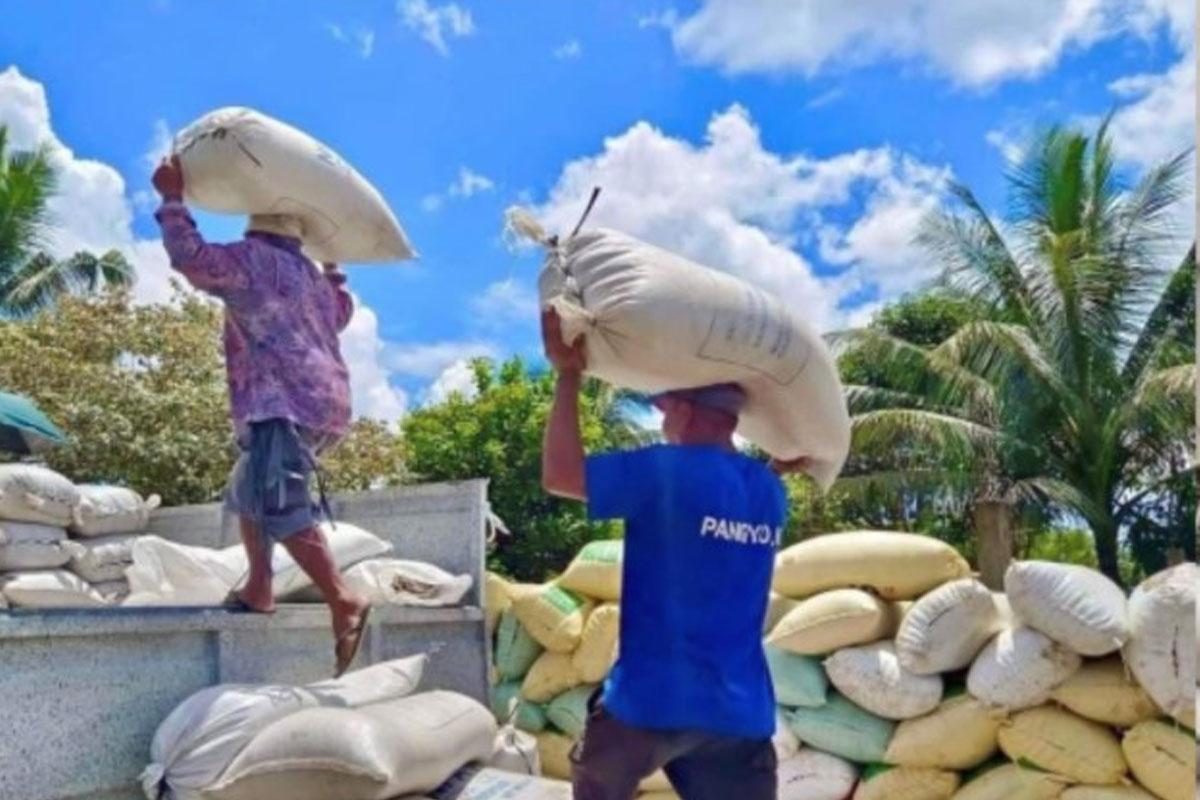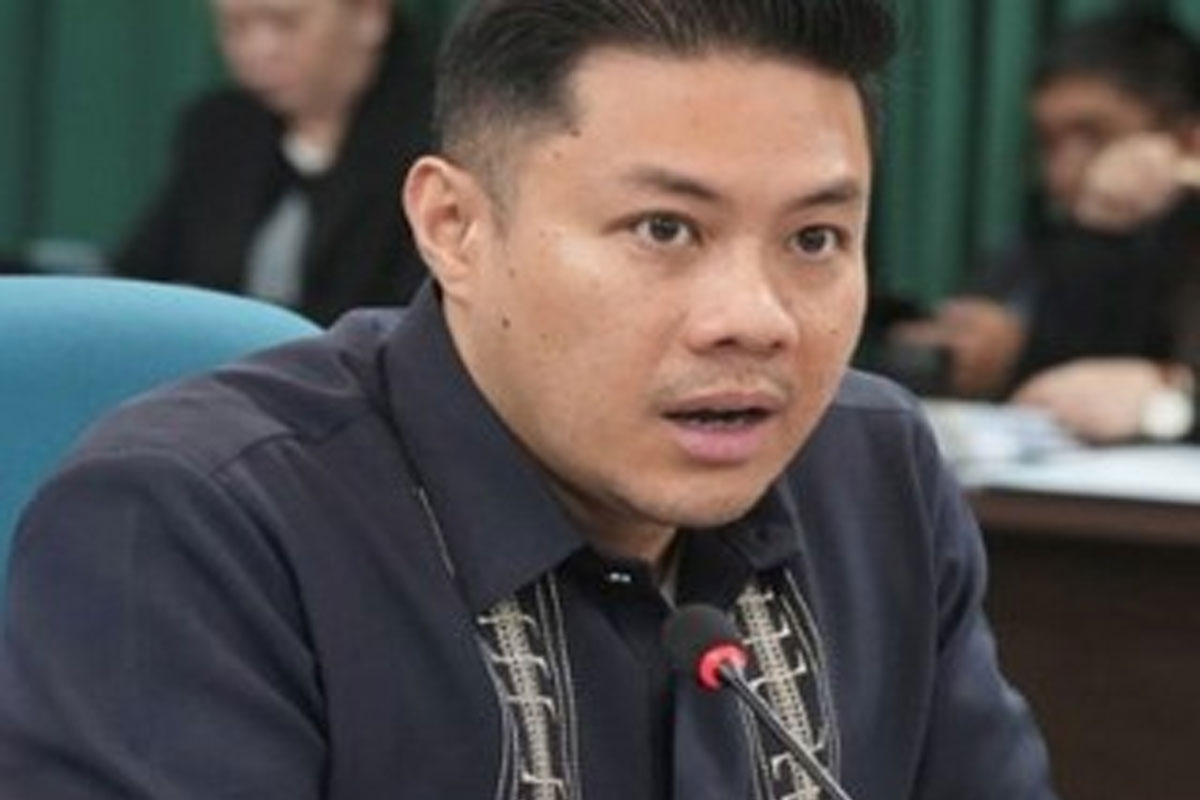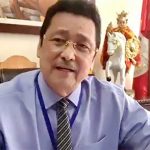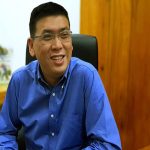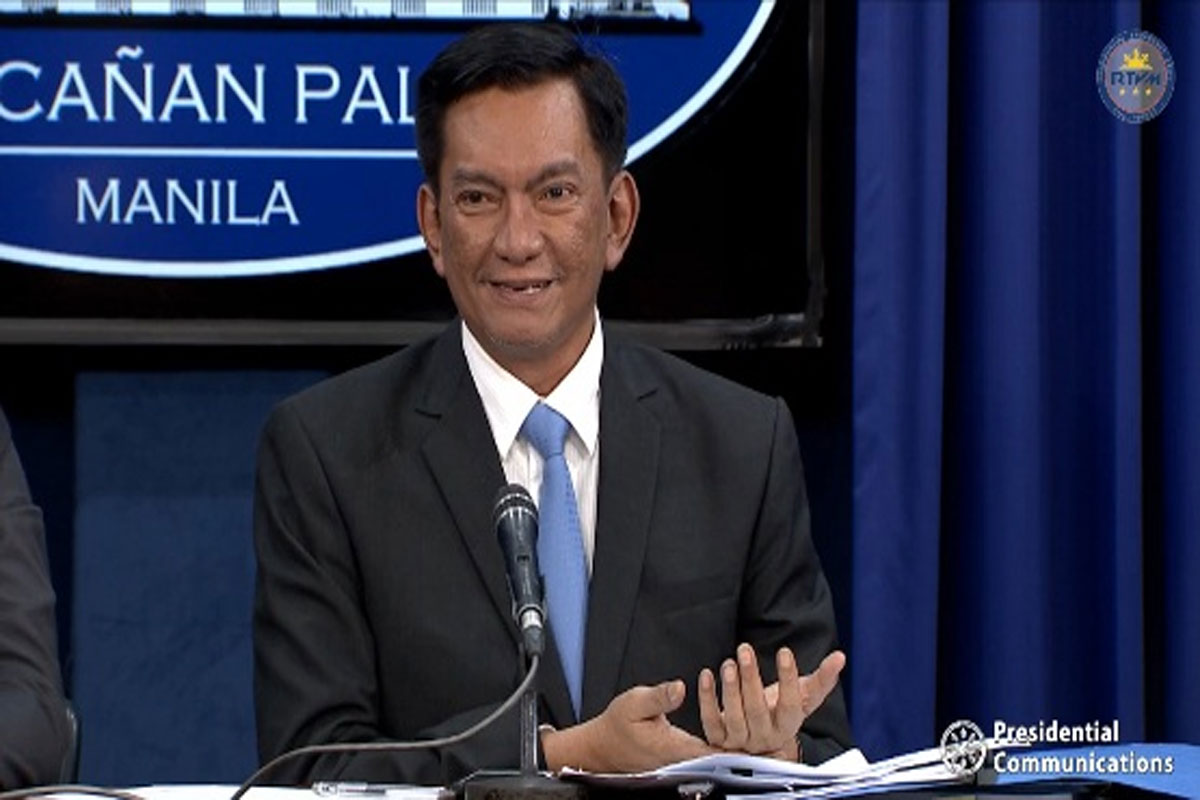
Salceda: Review, assess the PH public education system
HOUSE Committee on Ways and Means Chairman Joey Sarte Salceda of Albay’s 2nd District has called for “a total reassessment and reimagining of the Philippine public education system” in response to a 2022 World Bank (WB) Learning Poverty Report, which cited the country’s learning poverty to be at 90.9%.
According to the World Bank, learning poverty is “the share of children who cannot read a simple text with comprehension by age 10.”
“The figures are in fact, from 2019, which makes me worry even more. How much more could it have gotten worse due to the pandemic? And what concerns me, even more, is that, among ASEAN [Association of Southeast Asian Nations] countries, we beat only Laos,” Salceda said. “We’ve had to adjust to pandemic conditions since March 2020. We’ve had the longest school shutdowns of any major country. I’m afraid the post-pandemic results will very probably be worse, and certainly won’t be significantly better.”
“Among countries near upper-middle income, we did not beat a single one. And they typically range in their 20s to 30s. The highest among them is Guatemala, at 78.5% learning poverty. That’s a full 12 percentage points below our own learning poverty rate, even when we are already on the cusp of being upper-middle-income. So, once we join that club, we will be the poorest in learning. That is shameful.”
Salceda noted that “the UNESCO has recommended the use of mother-tongue-based learning ‘to avoid knowledge gaps and increase the speed of learning and comprehension.’”
“So, on the basis of similar recommendations, the K-12 curriculum experimented with Mother-Tongue-Based Multilingual Education. But, as Governor for nine years, most of which was under MTB-MLE, I have to admit there was a certain degree of being ideological rather than practical about it. Many saw it as a way to revive dying local languages rather than as a means primarily to ensure that concepts are understood in the most accessible language,” he said.
“In fact, the UNESCO recommendation is not necessarily to do it in local or regional languages, but for ‘an education in a language they speak or understand,’” according to Salceda.
“I think it’s time to admit that, whether we like it or not, the language of the media, of national conversations, and of the digital space in the Philippines is decisively ‘Taglish’. Most homes intersperse English and Filipino words freely,” he added.
“People converse and more importantly, think in Taglish. Dual education – pure English and pure Filipino – which was the policy of the 1990s, failed. MTB-MLE in regional languages, given PISA 2018 and learning poverty figures in 2019, also failed,” Salceda said.
“It’s time to stop being snobs about Taglish being used to explain science, mathematics, and technological or technical subjects in public schools. STEM [science, technology, engineering and mathematics] courses are not language courses. They are courses that need to be delivered in the easiest language for both teacher and student,” he said.
“Learning, in the case of the World Bank report, is not measured by the ability to read in English or in Filipino. It is measured by the ability to comprehend what is being read. We are able to understand each other in Taglish. But our learners seem to fail to comprehend what they are reading once made to read in a pure language. I suspect it is for the obvious reason that, when at home or at ease, very few Filipinos speak pure English or pure Filipino,” Salceda said.
“We can always maintain our fluency in English and Filipino through, well, English and Filipino courses and literature. But, for better or for worse, we are a mixed culture with a mixed conversational language. Our learners deserve being taught in a language that already works for them, not in a language that we ideally should speak,” he said. “In STEM and in learning, what matters is the ability to think about problems and solve them. That’s also what matters in an economy and in a workforce.”
Salceda also underscored the need to “address the nutrition problem” among learners.
“29% of children in the Philippines are stunted. It’s much higher among the poor, where 42.4% of children are stunted. The country’s Human Capital Index (HCI) of 0.52 indicates that the future productivity of a child born today will be half of what could have been achieved with complete education and full health,” Salceda said.
“Food inflation, which now stands at 6.9%, will probably make things worse unless we can get food to our learners once face-to-face classes resume,” Salceda, who is the author of a bill making free school meals in public schools universal, added.
“So, students come to school hungry and unhealthy. They are taught in languages they do not use at home by teachers who are made to do paperwork rather than teach, with subpar learning materials. We shouldn’t be surprised that our students end up poor in learning. In education, you reap what you sow,” he said.




